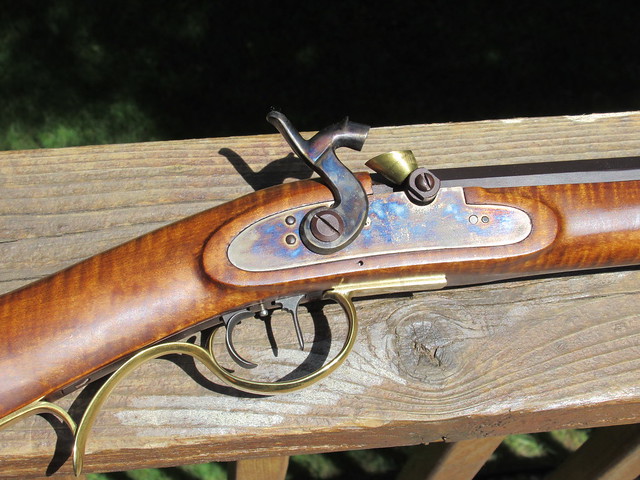Siringo
32 Cal.
- Joined
- Nov 25, 2014
- Messages
- 288
- Reaction score
- 219
Howdy - I’m attempting to refinish a Pedersoli pistol flint lock pistol. I have browned the barrel and I am trying to get the lock to brown. The lock was disassembled, bead blasted, degreased, etc. I have a sweat box that his heated to about 80 to 90 degrees and the humidity is 80%. I have browned other barrels and parts with great results. However the pedersoli lock parts (plate and cock) do not brown well. Very light color. I have used TOTW browning and Laurel mountain Forge (great stuff). Parts have been left in the box from 3 hours to 24 hours. I am beginning to think the metal is hardened to the point it won’t brown deeply. Has anyone else here had this experience?





 IMG_0424
IMG_0424